Russia is ready to normalize relations with the United States, but Russia “cannot dance alone, and will not do it,” Kremlin spokesman Dmytri Peskov said on November 18, suggesting a possible easing of tensions between the world’s two leading powers, after a long period of relations falling to their lowest point in history.
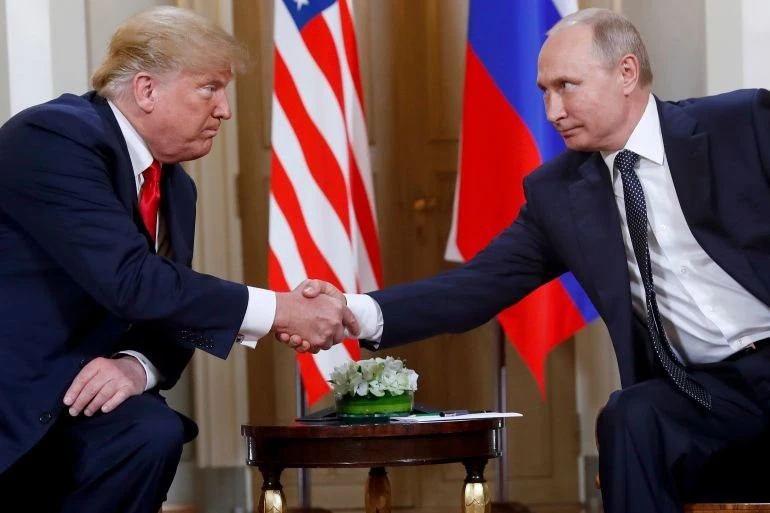 |
The personal relationship between Mr. Donald Trump and Russian President Vladimir Putin is considered quite good.
It should also be emphasized that Moscow can reach out to Washington, but that will be when US President-elect Donald Trump officially takes over the White House, meaning after his inauguration on January 20, 2025, not when the Kremlin changes its stance towards the administration of President Joe Biden (in office until then). Immediately after Donald Trump won the election earlier this month, Russian Foreign Minister Sergei Lavrov immediately spoke out: Russia “has never refused to communicate with anyone,” and “dialogue is always better than mutual isolation.” Although many analysts and Donald Trump himself have talked about his good personal relationship with Russian President Vladimir Putin, in general, international observers are not too optimistic about the speed and prospects of the rapprochement between the two great powers. First, as Moscow cautiously commented before the US election: Donald Trump is just an individual, and it is very difficult to quickly change an entire system. The Russian Foreign Ministry also noted that during his first term as president, Trump also imposed relatively harsh sanctions on Russia. Therefore, at present, still with the motto “America First!”, it is not easy for the new US President to accept the unique position of the United States. The United States is being challenged (by Russia as well as the strong international powers that it plays a pivotal role in, such as OPEC+ or BRICS+, and more broadly by the voice of the entire Southern Hemisphere, in the demands to change the world order that the US is holding unipolar leadership), especially in the economic field. Then, in fact, in the remaining two months in office, President Joe Biden as well as the Democratic Party government are trying to set as many traps as possible. For example, just on the Ukraine front, the current White House has continuously lifted the ban on the direct presence on the ground of US military contractors, urgently approved the last precious military aid packages for Kiev, and agreed to let the Ukrainian army use long-range weapons against targets deep inside Russian territory. These moves, in short, put both the Kremlin and Donald Trump in a difficult position, as they continue to push the tension between Russia and the US to the "red lines". If Moscow really "responds pay in a proportionate manner”, the matter of “cooling down” and “de-escalating” will be extremely difficult. However, because these moves have actually been predicted (by both observers and the strategic “brains” around Russian President Putin and US President-elect Donald Trump), the doors to dialogue are still starting to open. In the economic aspect, having adapted to the state of being isolated by the West, as well as having stood firm and overcome about 20,000 sanctions (according to Russian Deputy Foreign Minister Alexander Pankin), and at the same time quickly creating new “ecosystems”, Moscow probably will not be too concerned if Washington re-applies forms of trade protectionism in the direction of “isolationism”. And in the military and geopolitical aspects, the ability to retaliate with tactical nuclear weapons, thereby expanding the spiral of conflict, is also not a priority. Currently, the Russian army holds many advantages in their “special military campaign”, so that there is no need change that favorable situation in any way. Both President Putin and his future counterpart Donald Trump, presumably, see these problems. So, why can’t they reach out to each other?



![[Photo] Prime Minister Pham Minh Chinh receives United Nations Secretary-General Antonio Guterres](https://vphoto.vietnam.vn/thumb/1200x675/vietnam/resource/IMAGE/2025/10/25/1761390212729_dsc-1484-jpg.webp)
![[Photo] National Assembly Chairman Tran Thanh Man receives United Nations Secretary-General Antonio Guterres](https://vphoto.vietnam.vn/thumb/1200x675/vietnam/resource/IMAGE/2025/10/25/1761390815792_ctqh-jpg.webp)
![[Photo] Prime Minister Pham Minh Chinh and United Nations Secretary-General Antonio Guterres attend the Press Conference of the Hanoi Convention Signing Ceremony](https://vphoto.vietnam.vn/thumb/1200x675/vietnam/resource/IMAGE/2025/10/25/1761391413866_conguoctt-jpg.webp)
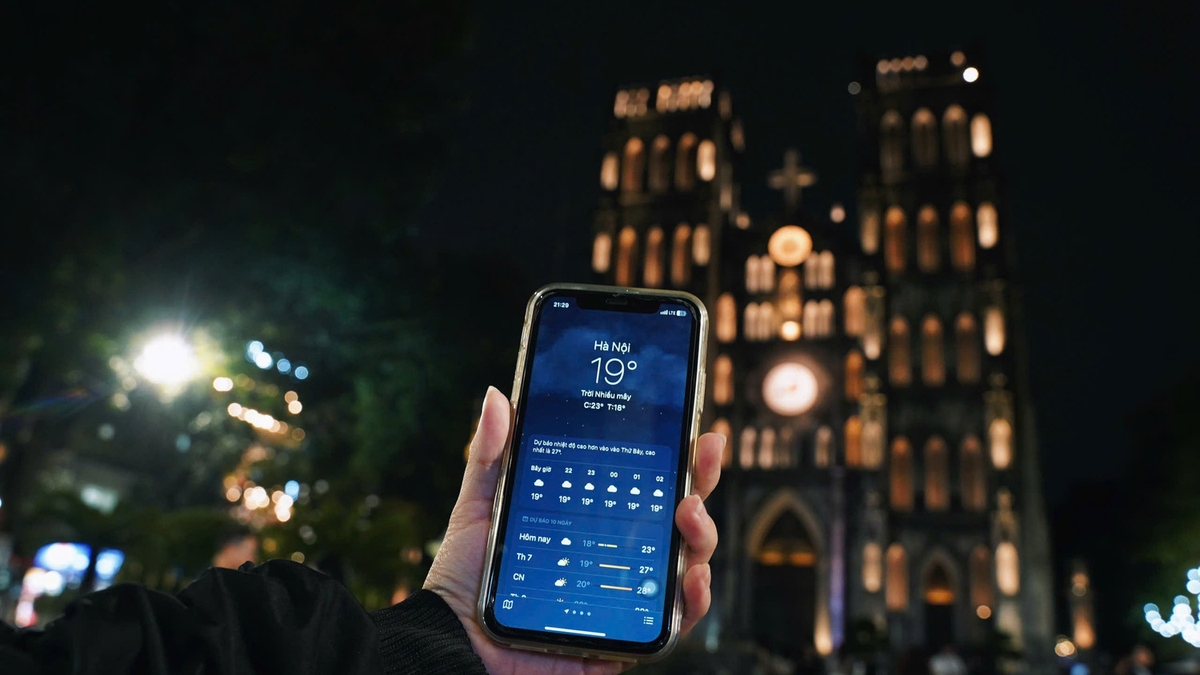




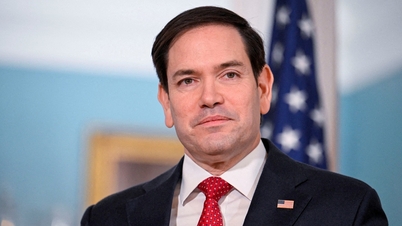
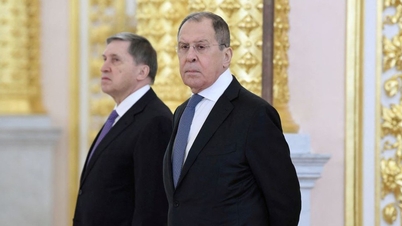




















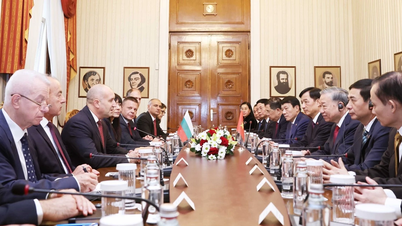
![[Photo] General Secretary To Lam meets with General Secretary and President of Laos Thongloun Sisoulith](https://vphoto.vietnam.vn/thumb/1200x675/vietnam/resource/IMAGE/2025/10/25/1761380913135_a1-bnd-4751-1374-7632-jpg.webp)
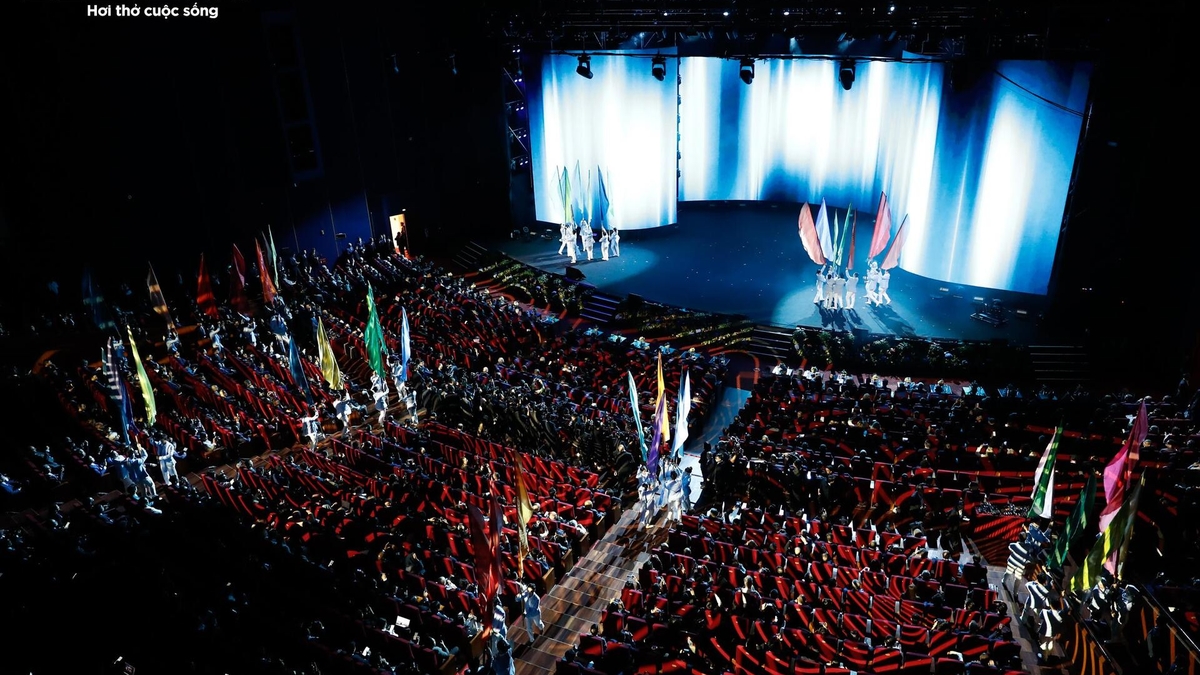












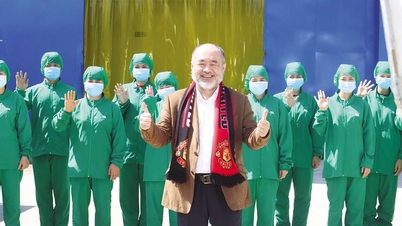






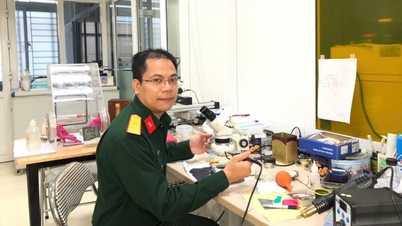







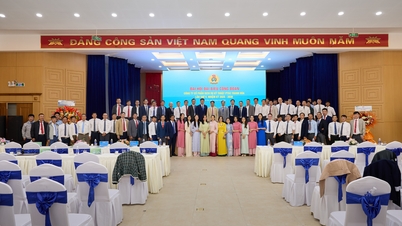



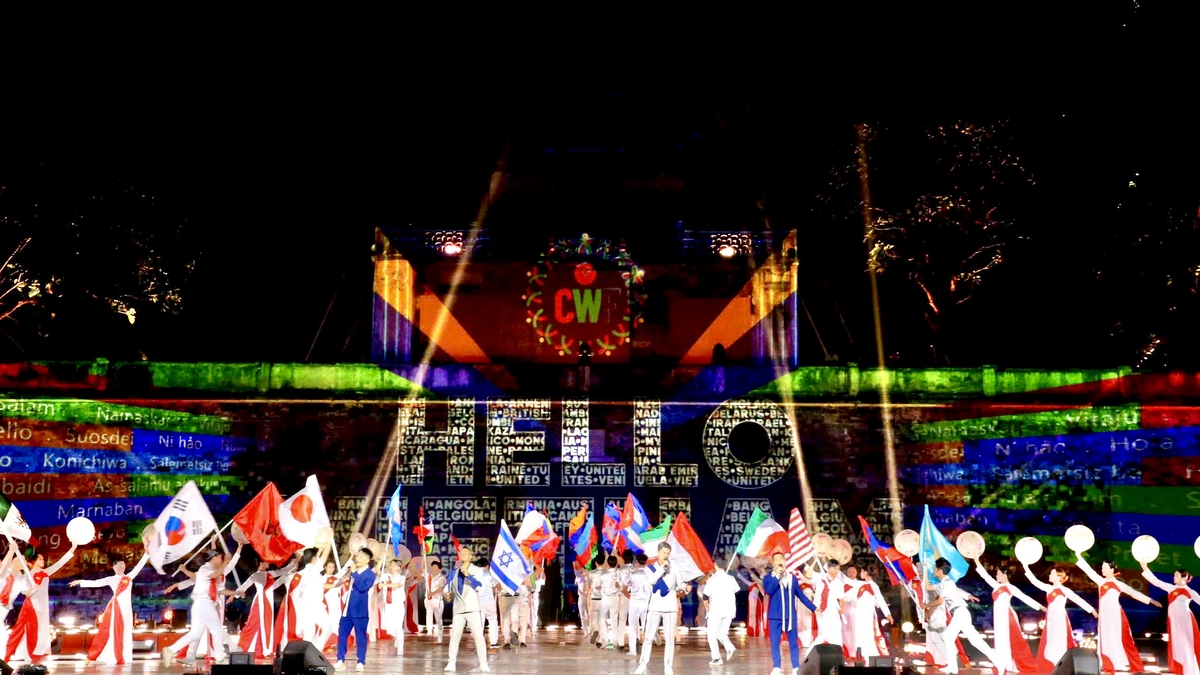





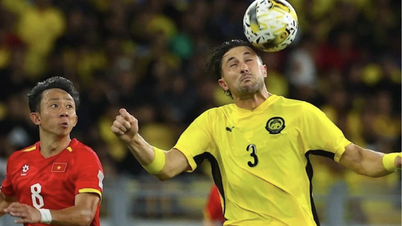
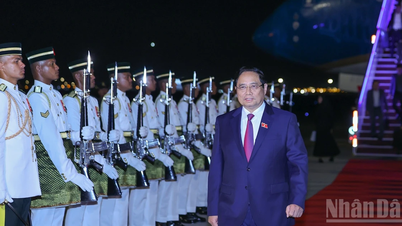


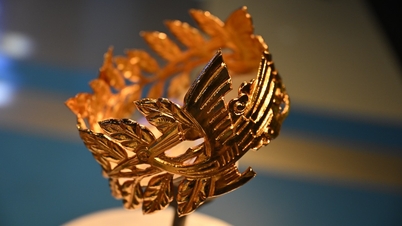
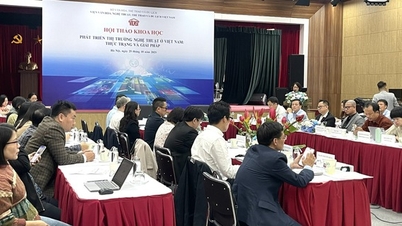



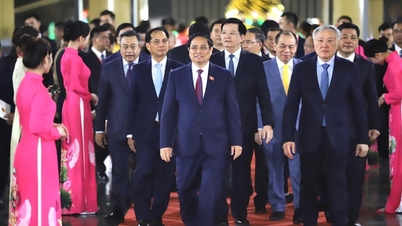




























Comment (0)